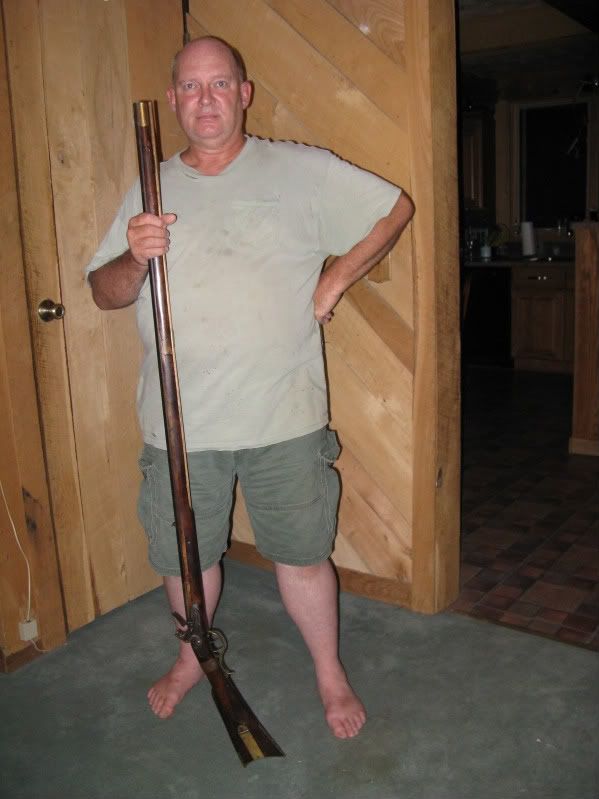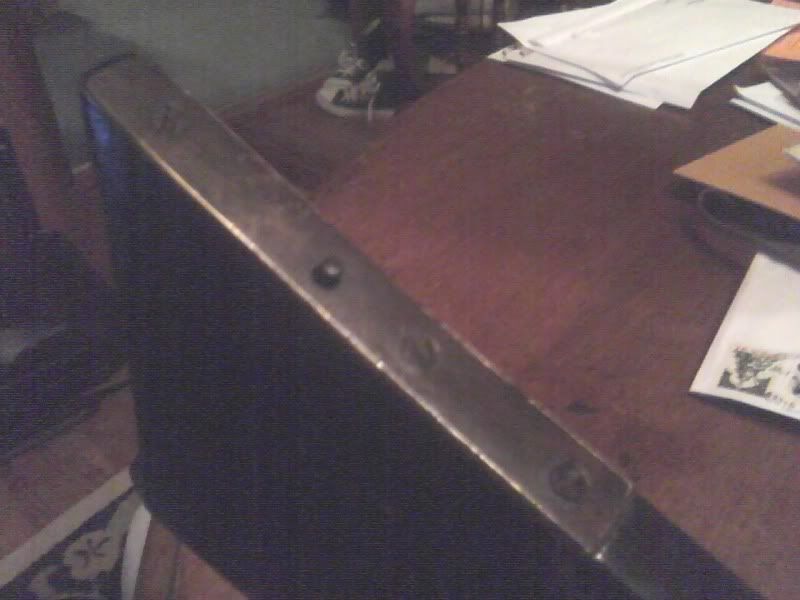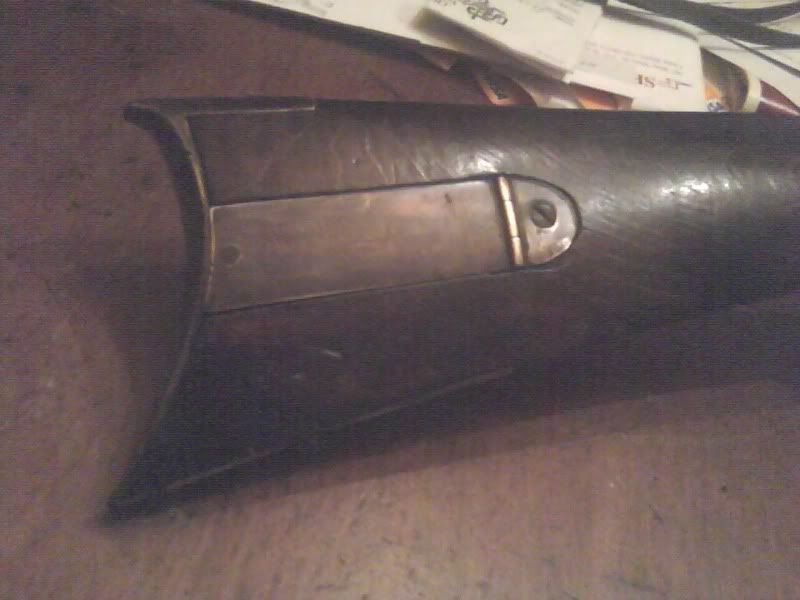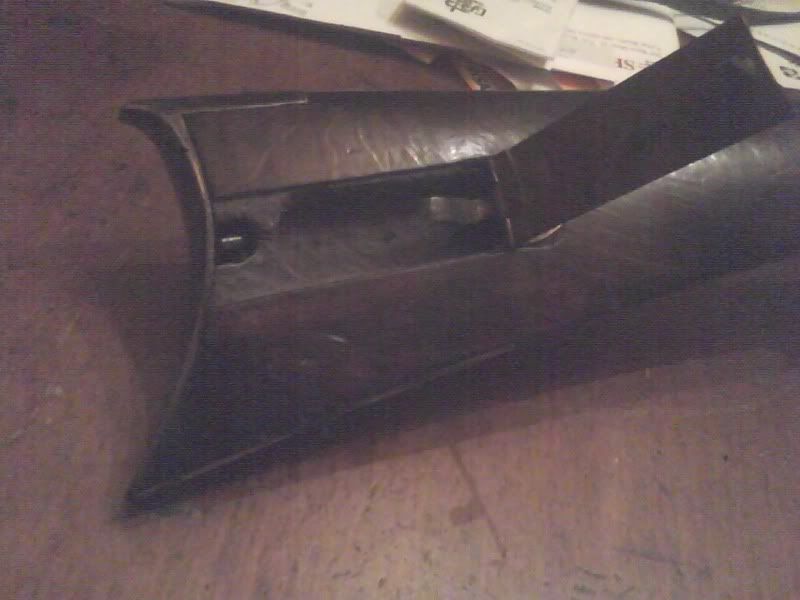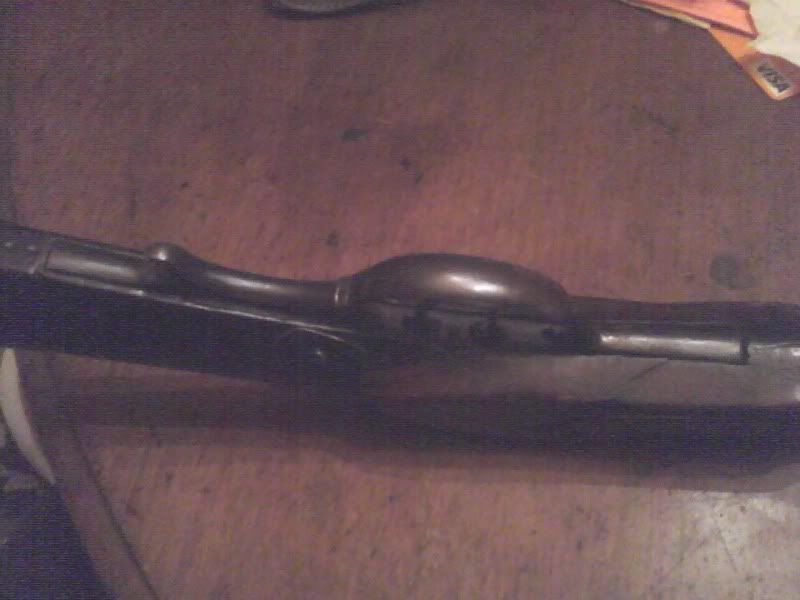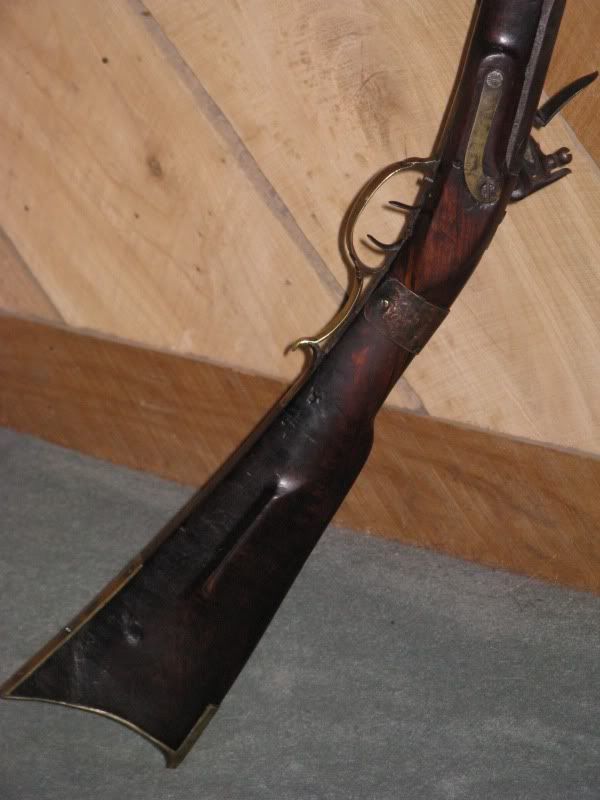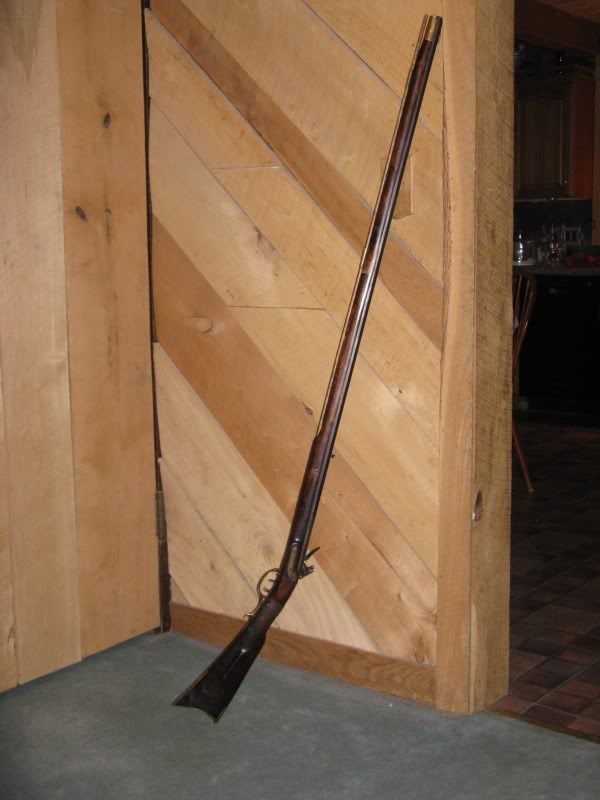Huntnut said:
I'm looking at getting a few new guns around the first of the year, I had to sell some of my other rifles this year so I need to replase them. Thos time I'm going to flintlocks rifles and smooth bores. I'm probably going to get a Indian Tradegun .62 smoothbore. But i was wondering which of these other 2 rifles I'm looking at would be best for pre 1840 rendezvous. I looking at a Early or Late Lancaster from TVM and a Leman Hawken full stock form the same place. I have heard tthat the Leman is not really part of the fur era untell late 1830's but I might be wrong on that. Just wondering what you all think about both these guns for this era and for PC.
Another one I forgot about an 1803 Harpers Ferry
and the caliber I would chose would be atleast a .54 but would rather have a .58
If you want a 58 you don't want a Leman unless its just used as a prop. The Leman's were all stocked with squirrel rifle stocks and were pretty miserable in calibers over 45-50.
There were lots of Kentuckies of all vintages. A late period JP Beck will have a heavy stock and a bigger butt that will make 58 tolerable. Beck made "old school" Kentucky stock designs till his death in 1811. Would be good choice.
Just remember 50 and 54 were pretty standard in the west. The 54 would use the same 1/2 ounce ball as a *24 bore* trade gun. They were not 62. Rifle bores over 50-54 were rare in American rifles especially in Kentuckys which *I believe* were generally under 50 as *originally made*.
Honestly I believe that if you believe you need a caliber over 54 it needs to be much bigger, .62-.69. This demands an English style sporting rifle circa 1800-1840 *which is also correct* for the place and time. I believe the 1/2 stock Hawken came about as a result of the English guns that were available in St Louis during the Hawken rifle's "formative years".
Yes, John Baird had a 69 Caliber Hawken "Bodacious". But I know he did not shoot it a lot either and then with relatively light charges.
The other option is a J&S Hawken style rifle, no they don't look like the S Hawken style rifles. Jake apparently used a different stock pattern than Sam though there are some J&S guns that are "Samish" apparently done by Sam.
Full stock or 1/2 stock will work.
The J Henry Trade rifle is a good choice but I am less familiar with them than the Lemans.
If you just mist have a 58 then it needs the J&S or S Hawken stock with an early bigger buttplate. Which is not generally available. Try Don Stith he has some rifle kits he sells that are based on original rifles.
His 1792 contract rifle would do as well though the caliber is smaller than you want.
John Bairds "Fifteen Years in the Hawken Lode" has a good line drawing of the J&S Hawken that the Montana Historical Society owns. VERY nice rifle and I really like the stock design and have used it in the past. This would be an excellent choice as well but requires a builder who knows how to recreate.
If you can obtain a copy or get it from interlibrary loan "Firearms of the American West 1803-1865" By Worman and Garivaglia has many photos of rifles used in the fur trade. To make a informed decision you really need to look through at LEAST chapter 4 of this book.
J.J. Henry (many, many used in the western fur trade) parts may be available from "The Rifle Shoppe". But they can be very slow in delivery.
But the parts are not cheap and the rifle, like the Hawken, needs to be made by someone who *knows how* to be right.
Dan










